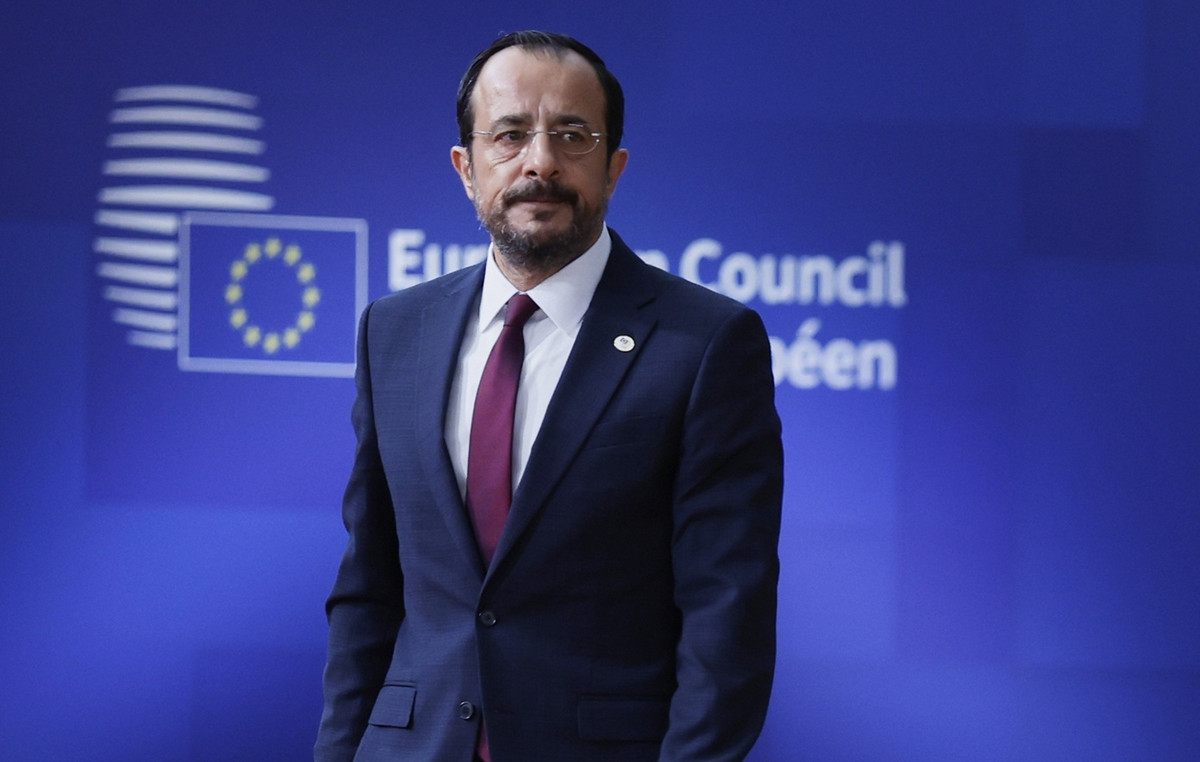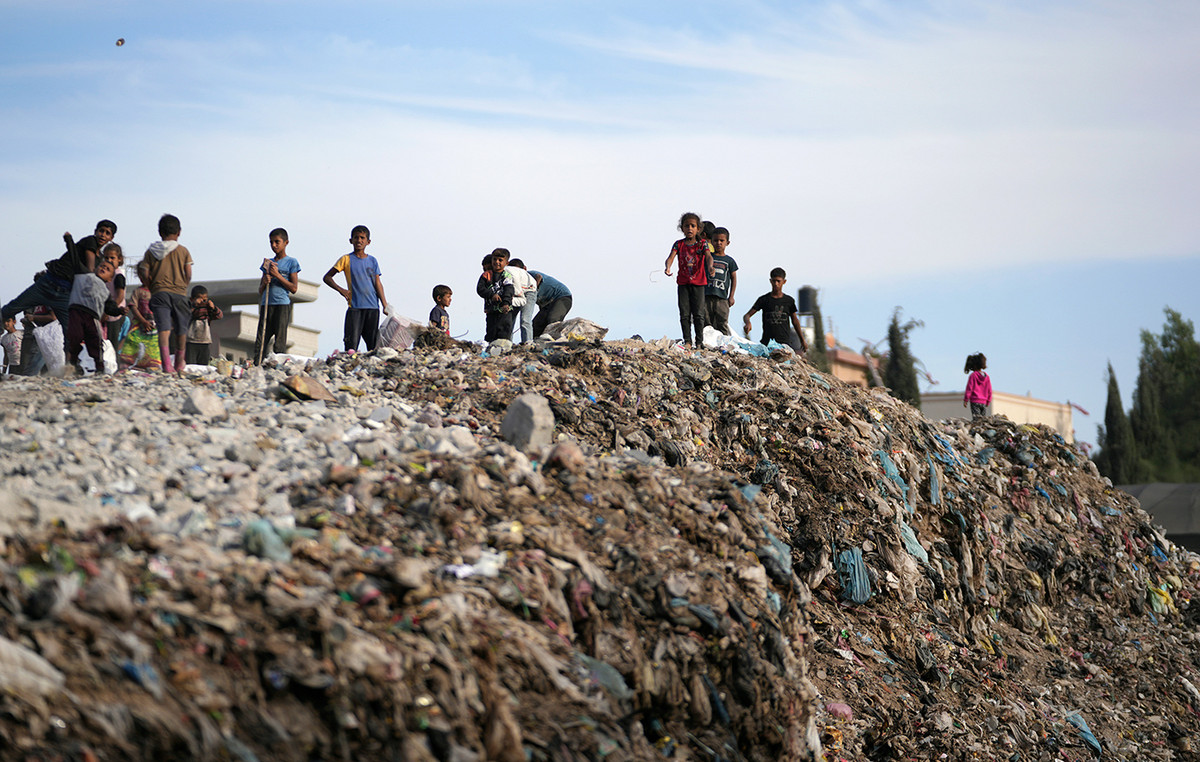Israel’s campaign of airstrikes against Lebanon is being conducted with an intensity comparable only to the first weeks of bombing in the Gaza Strip last year, a war expert told Reuters. CNN .
Emily Tripp, director of the UK-based air warfare monitoring group Airwars, told CNN that the campaigns in Lebanon and Gaza are taking place at “a level and intensity that Israel’s own allies would not have achieved in the last 20 years.”
“It’s really only comparable to those first few weeks in Gaza,” Tripp said of the situation in Lebanon.
“The reality is that war is messy and complicated and militants infiltrate civilian neighborhoods, which inherently puts civilians in danger. This is not an easy operating environment,” Tripp added.
“We are no longer in a situation where front lines are easily distinguishable, particularly in civilian populations. But this does not mean that civil protection and measures to protect civilians should go out the window.
“I think it’s very easy to blame a fog of war and say this is just a very complicated environment, but it’s not,” Tripp said.
Most shelters for displaced people in Lebanon are full, says UN
United Nations officials said Friday that most of Lebanon’s nearly 900 shelters were full and that people fleeing Israeli military attacks were increasingly sleeping outdoors, on the streets or in public parks.
“The majority of the nearly 900 collective shelters established by the government in Lebanon no longer have capacity,” Rula Amin of the UN refugee agency said at a press conference in Geneva.
She said they were working with authorities to find more locations and that in the meantime, some hotels and even clubs in Beirut were opening their doors.
Lebanese authorities say more than 1.2 million Lebanese have been displaced and nearly 2,000 people have been killed since the resurgence of Israel’s conflict with the Iran-backed Lebanese group Hezbollah over the past year, most of them in the past two weeks.
“The roads are congested, people sleep in public parks, on the streets, on the beach,” said Mathieu Luciano, head of the International Organization for Migration’s office in Lebanon.
He confirmed that most shelters were full, including those in Beirut and Mount Lebanon, but said some others still had space. Many of the current shelters are schools, he said, which means disruptions to education.
He expressed concern about tens of thousands of domestic workers living in Lebanon, mostly women, who he said were being “abandoned” by their employers. “They are undocumented… and as a result, they are reluctant to seek humanitarian assistance because they fear being arrested and deported,” he said. Many came from Egypt, Sudan and Sri Lanka, he said, and many did not speak local languages.
On Friday, Israeli strikes sealed off Lebanon’s main border crossing with Syria, blocking the path for vehicles, although UNHCR’s Amin said some were crossing on foot.
“We could see that some people were walking, desperate to escape Lebanon, and then they actually walked along that destroyed road,” she said. About 60% of the more than 185,000 Amin said have so far arrived in Syria were children and teenagers, sometimes without parents.
“As they flee the bombings, families arrive with profound physical and emotional fatigue and enormous needs for support.”
Understand the escalation in conflicts in the Middle East
Iran’s missile attack on Israel on the 1st marked a new stage in the regional conflict in the Middle East. On one side of the war is Israel, with support from the United States. On the other, the Axis of Resistance, which receives financial and military support from Iran and which has a series of paramilitary groups.
There are seven conflict fronts currently open: the Islamic Republic of Iran; Hamas, in the Gaza Strip; Hezbollah, in Lebanon; the Syrian government and the militias operating in the country; the Houthis, in Yemen; Shia groups in Iraq; and different militant organizations in the West Bank.
Israel has soldiers on three of these fronts: Lebanon, the West Bank and the Gaza Strip. In the other four, it carries out aerial bombings.
The Israeli Army began a “limited ground operation” in Lebanon on September 30, days after Israel killed Hezbollah leader Hassan Nasrallah in a bombing of the group’s headquarters in the Beirut suburb.
The Israel Defense Forces say they have killed virtually the entire Hezbollah chain of command in similar bombings carried out in recent weeks. On September 23, Lebanon had its deadliest day since the 2006 war, with more than 500 fatalities.
At least two Brazilian teenagers died in the attacks. Itamaraty condemned the situation and called for an end to hostilities. With the increase in hostilities, the Brazilian government announced an operation to repatriate Brazilians in Lebanon.
In the West Bank, the Israeli military is trying to dismantle groups opposed to Israel’s occupation of Palestinian territory.
In the Gaza Strip, Israel seeks to eradicate Hamas, responsible for the October 7 attack that left more than 1,200 people dead, according to information from the Israeli government. The Israeli operation killed more than 40,000 Palestinians, according to the enclave’s Ministry of Health, controlled by Hamas.
Hamas leader Yahya Sinwar remains hidden in tunnels in the Gaza Strip, where dozens of Israelis kidnapped by Hamas are also believed to be in captivity.
This content was originally published in Bombings in Lebanon are comparable in intensity to Gaza, an expert tells CNN on the CNN Brasil website.
Source: CNN Brasil
Bruce Belcher is a seasoned author with over 5 years of experience in world news. He writes for online news websites and provides in-depth analysis on the world stock market. Bruce is known for his insightful perspectives and commitment to keeping the public informed.







